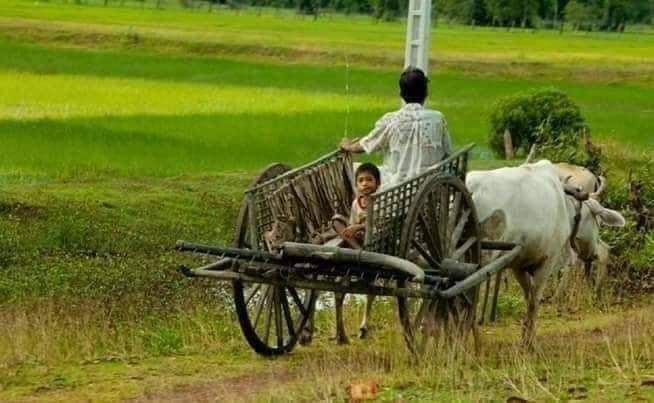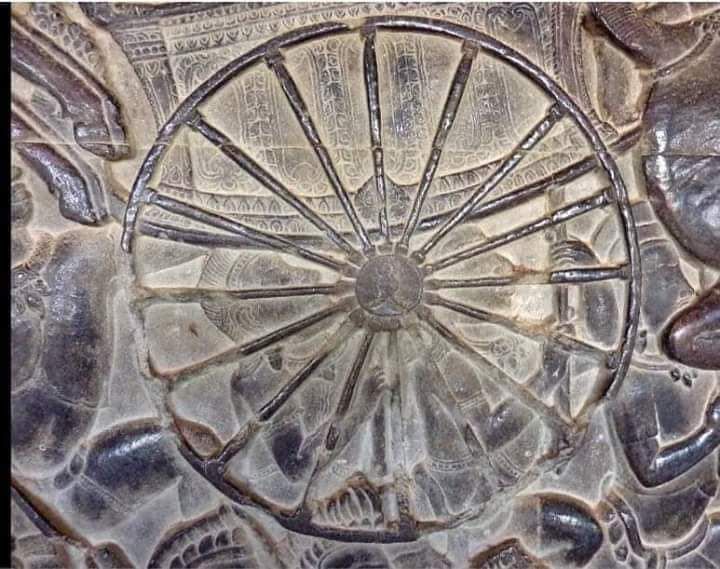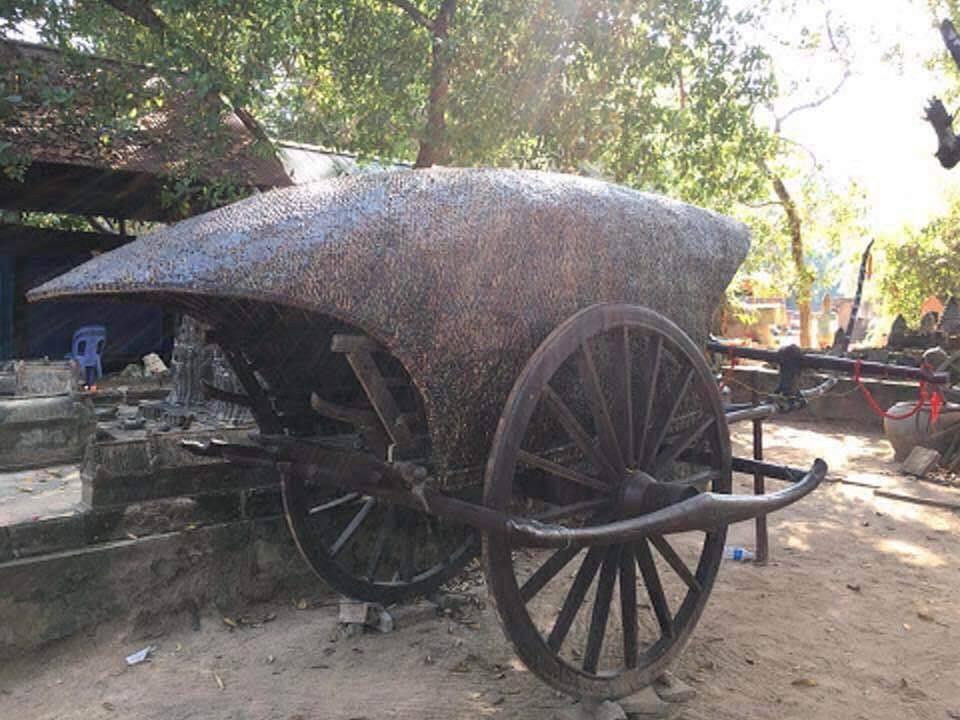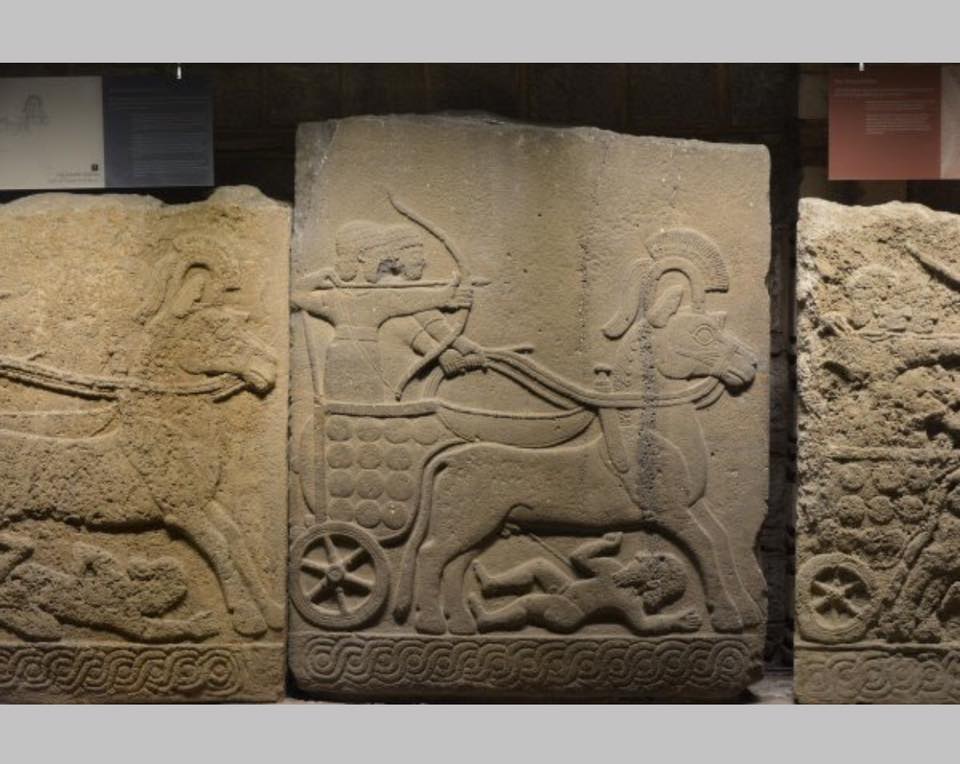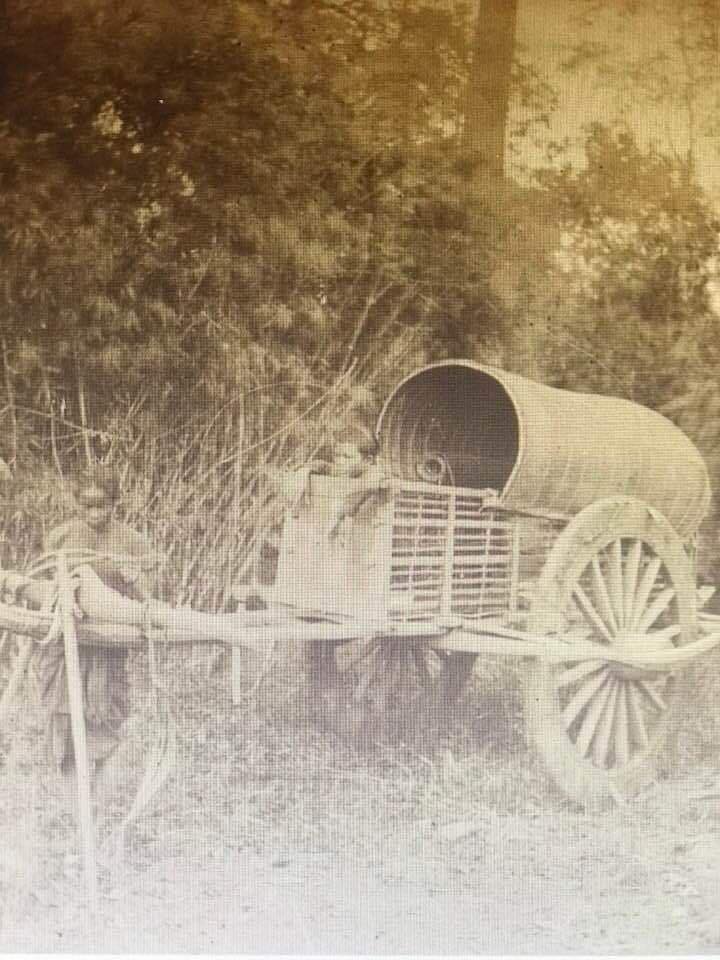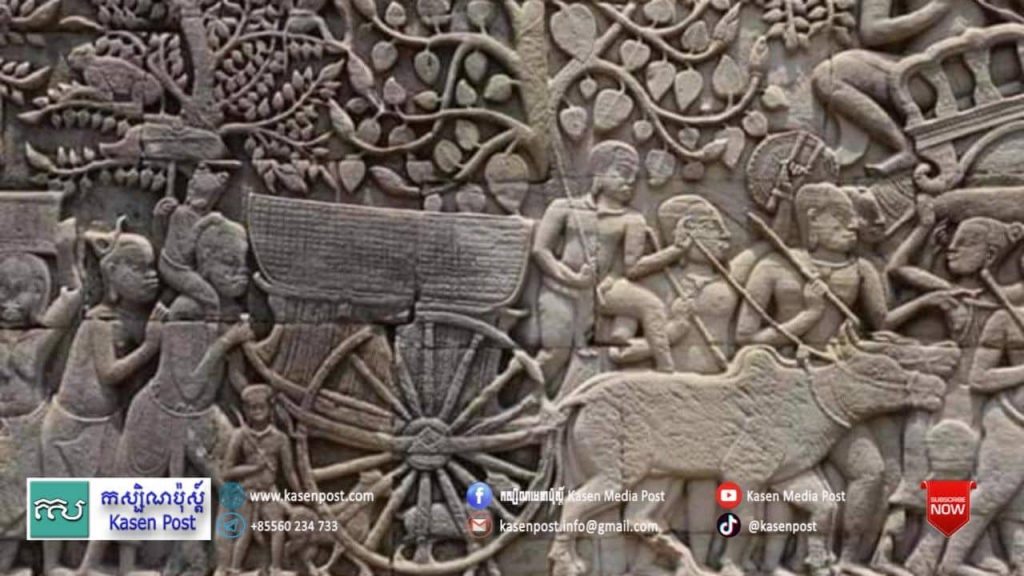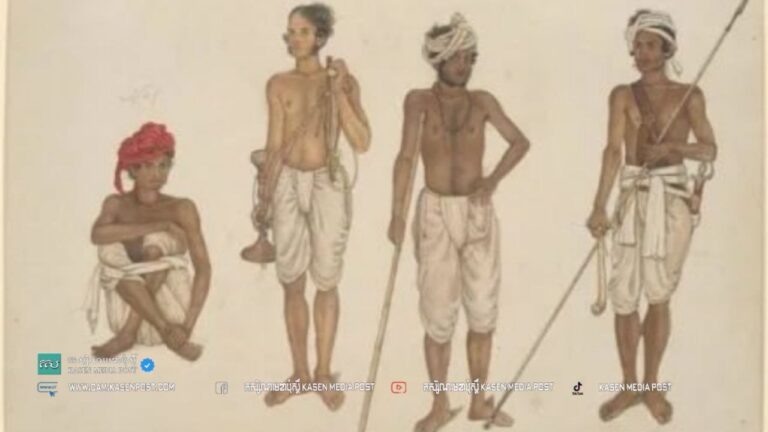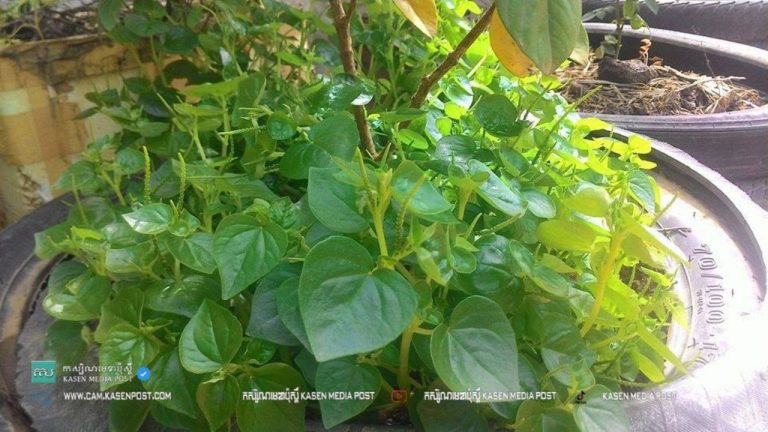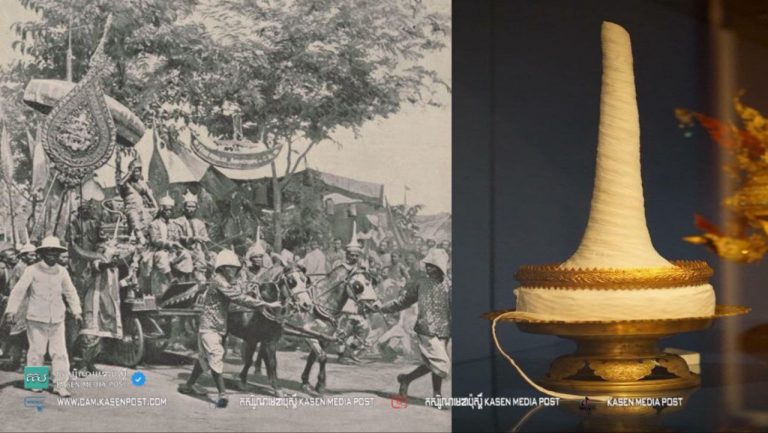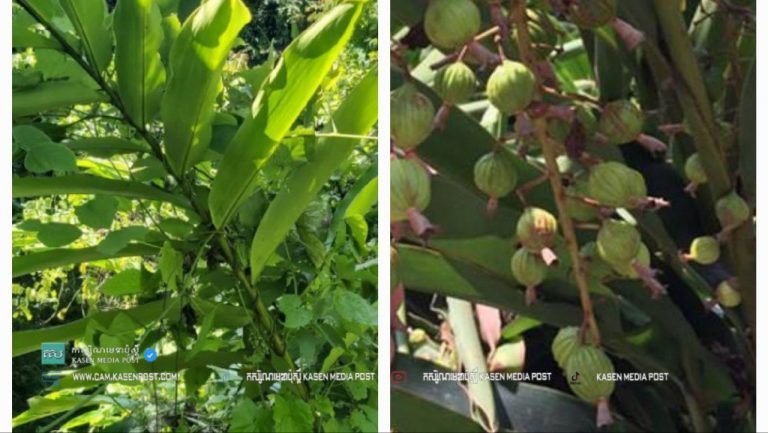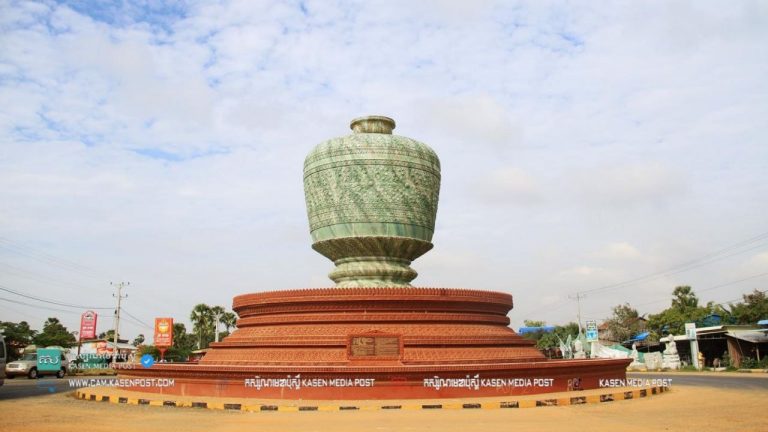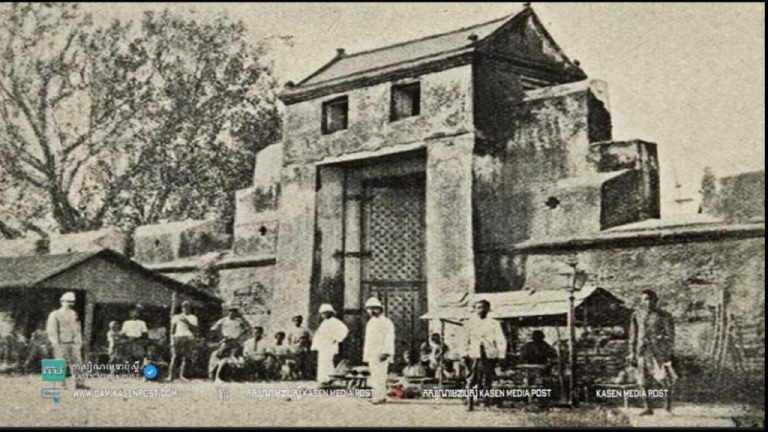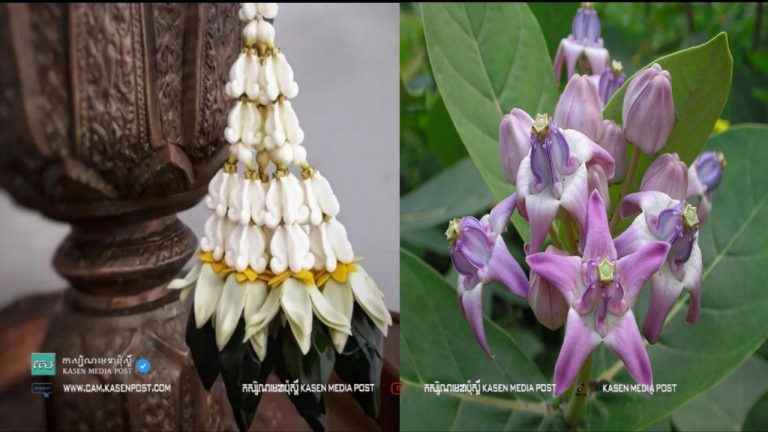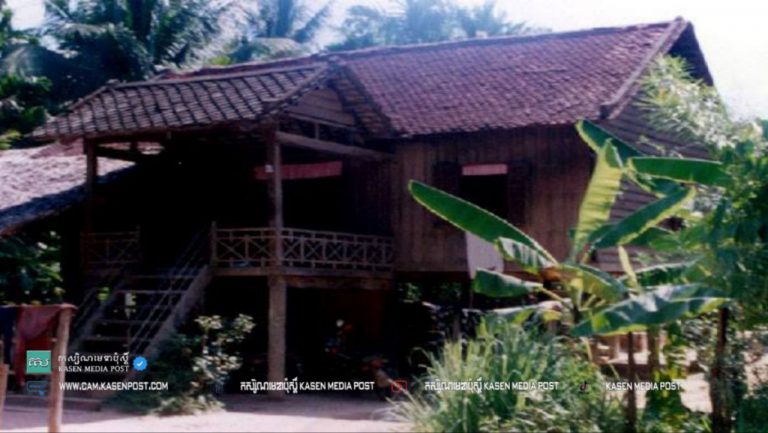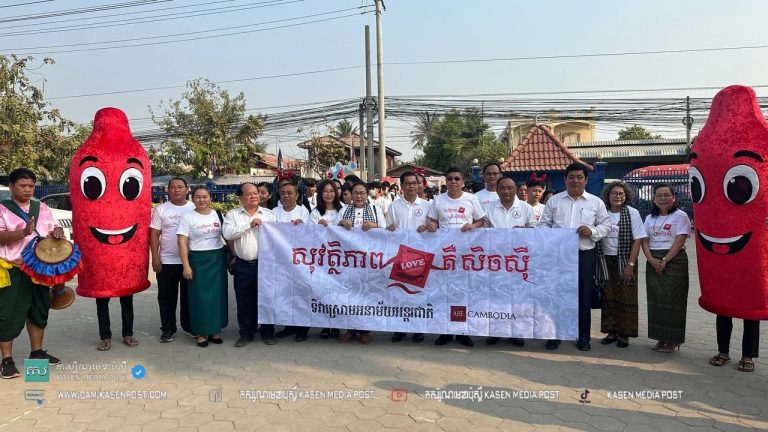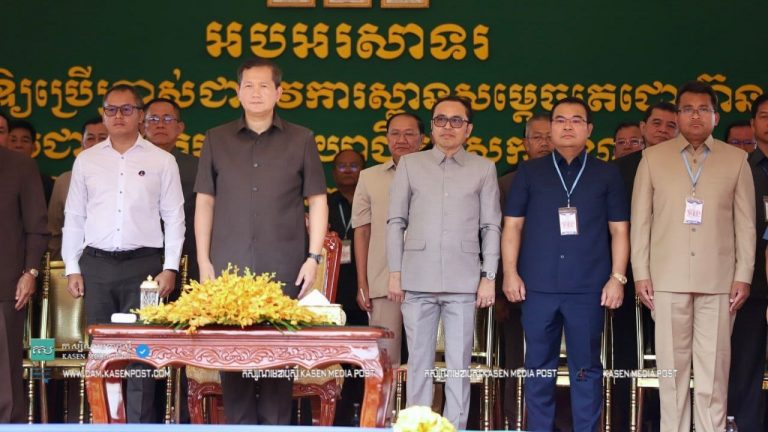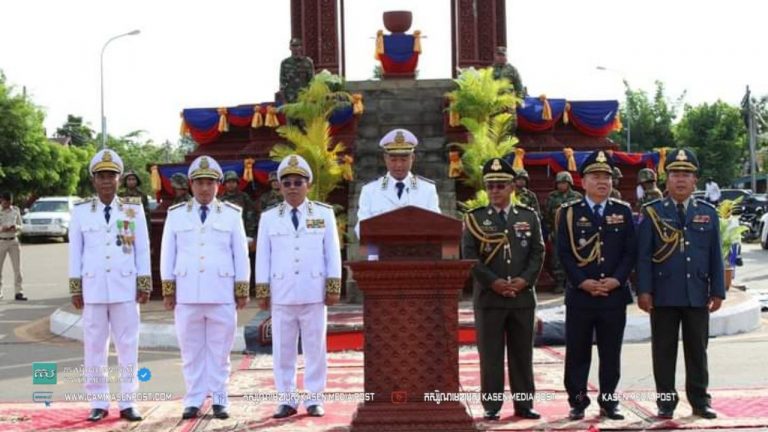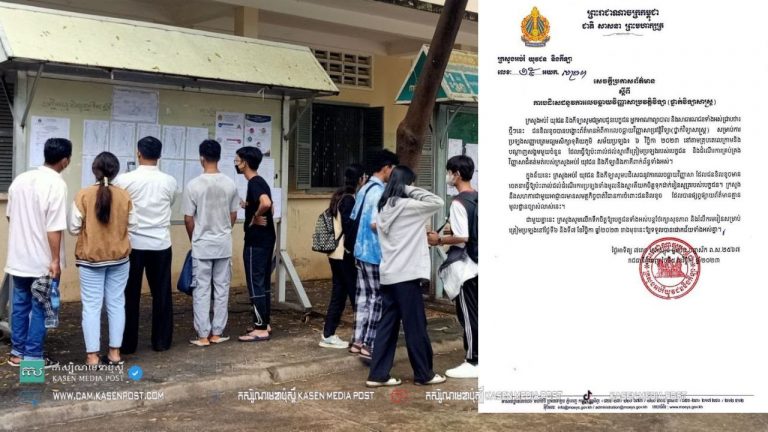The ox carts are known to almost all Cambodians, especially farmers engaged in farming, which they often use as a vehicle or as a means of transportation, such as transporting rice, transporting rice, transporting straw, and so on. According to historians, ox carts have been present in the motherland of Cambodia and the Cambodian people have been using ox carts in India since the turn of the 1st century AD due to the popularity of the Khmer people as a means of transportation. Near and far of the locals today and most of the people are farmers. The ox-cart is a national heritage that dates back thousands of years before the Angkorian period. Original.
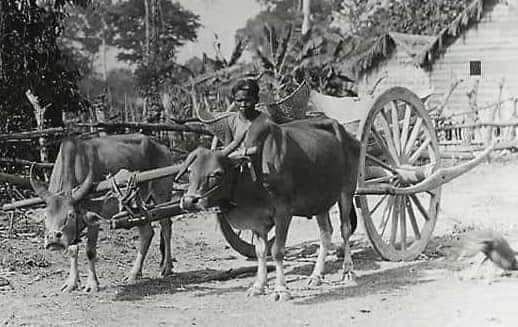
According to Khmer historian Dr. Michel Trané, the Khmer people in the Phnom Kingdom, due to the influence of Indian culture, Khmer people borrowed this vehicle from the Indians to use since the first century AD. The history of the ox-cart has been traced back to historians in India since the Vedic period, between 1700 BC, through handwritten documents such as the Book of Ideology, Religion, and Buddhism. Technical rules, such as the rules of war. In India at that time there were two types of chariots: ox carts for transport and horse-drawn carriages for war. In India at that time there were two types of chariots: ox carts for transport and horse-drawn carriages for war. The image of the chariot has been carved on stone since 125 AD, which is found on temples in the Angkor area. The property of the Indian chariot is that although the form has changed over time, it still uses the same two wheels as the ancients.
Michel Trané said that in the pre-Angkorian period as well as in the Angkorian era, the Khmer ox cart played an important role in Cambodian society, not only in the social sphere, but also in the field of religious beliefs. From the carvings of Angkor Wat in the 12th century AD, we can clearly see that the chariot that King Suryavarman II was riding on was a symbol of the sun, or Suviya, the symbol of his dynasty.
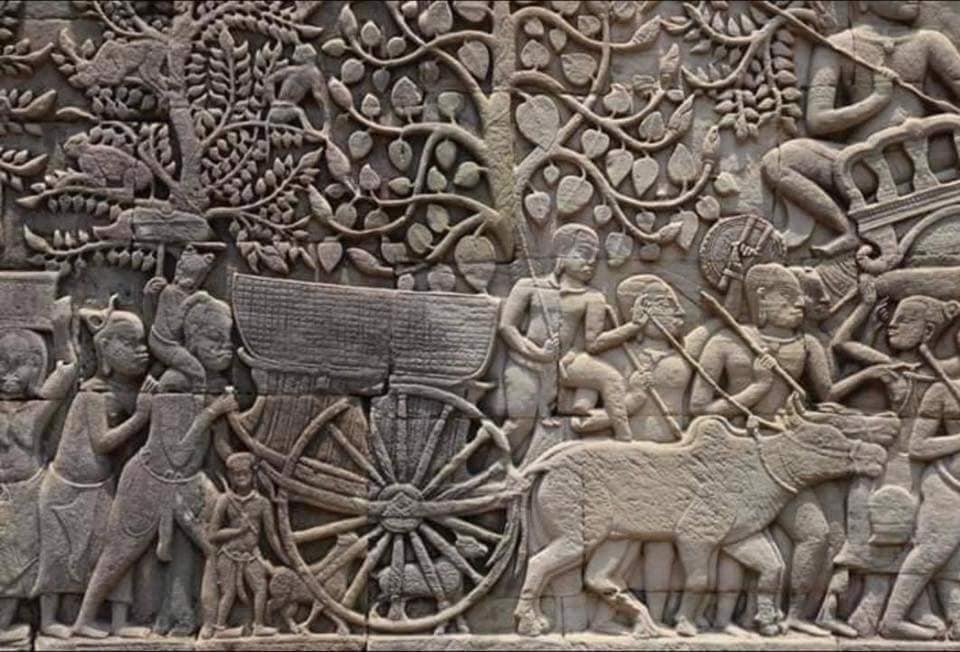
The ox-cart and the horse-drawn carriage were popular among the Khmer people during the reign of Jayavarman VII, if we look at the field of ancient sculpture. Archaeological research confirms that in Khmer Brahmanical culture, chariots or chariots were the sacred weapons of Narayan, and they symbolized times such as the months and seasons of each year. On the other hand, in the performance of the chariot procession, such as in the story of Reamker Moha Phearat or in the Buddhist tradition, horse chariots are also popular.
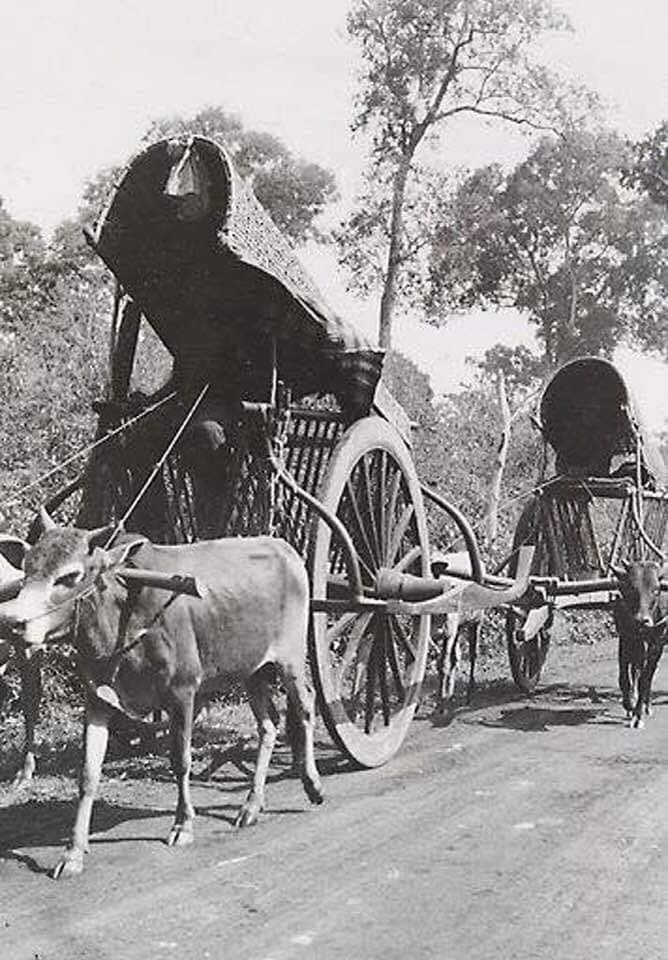
Thus, the Khmer people have known the ox cart and its symbol clearly since the pre-Angkorian period, especially during the Nokor Kon cultural period, such as the remnants of the wheel of the cart in Kampuchea Krom and the many objects that they have encountered as evidence. In fact, from the beginning of the first century until today, ox carts are still popular in the territory of the Kingdom of Cambodia, such as the presence of coins engraved with people riding on top of Angkor Borei. On the other hand, some logs of ox carts were also found in the Kampuchea Krom delta. However, another remarkable thing is that horses have been used since before the Phnom Mleh era, as is the case with the carvings on the rings at the Preah Har station in Prey Veng province. Another factor that should be investigated further is the difference between the Khmer ox cart and the Indian ox cart, because around this issue we still have some ambiguity that can not lead us to interpret it correctly. However, researchers are still skeptical about the Funan-era Cambodians regarding the production of horse-drawn chariots or ox-carts, especially the Khmer war horse ornaments, which may have been influenced by China rather than India.
